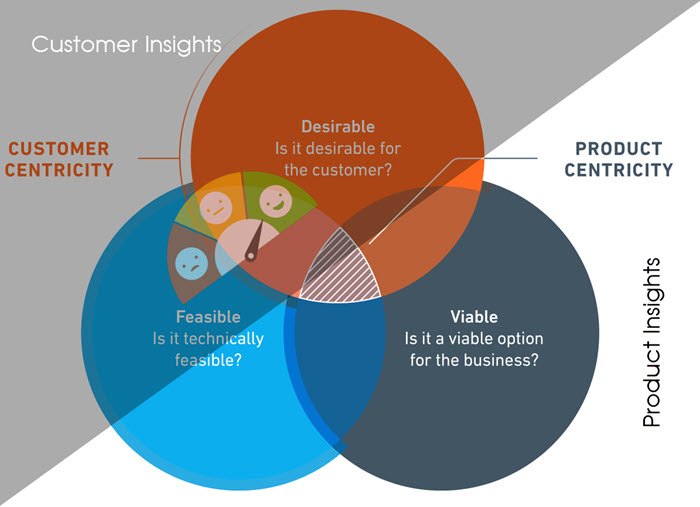
Product insights, customer insights and customer centricity
Last updated: August 05, 2025 Read in fullscreen view
- 01 May 2023
 Understanding Business as Usual (BAU) and How to Transition 22/843
Understanding Business as Usual (BAU) and How to Transition 22/843 - 18 Oct 2020
 How to use the "Knowns" and "Unknowns" technique to manage assumptions 21/989
How to use the "Knowns" and "Unknowns" technique to manage assumptions 21/989 - 01 Oct 2020
 Fail fast, learn faster with Agile methodology 13/973
Fail fast, learn faster with Agile methodology 13/973 - 10 Nov 2022
 Poor Code Indicators and How to Improve Your Code? 7/213
Poor Code Indicators and How to Improve Your Code? 7/213 - 19 Oct 2021
 Is gold plating good or bad in project management? 7/754
Is gold plating good or bad in project management? 7/754 - 06 Feb 2021
 Why fail fast and learn fast? 6/375
Why fail fast and learn fast? 6/375 - 01 Mar 2023
 Bug Prioritization - What are the 5 levels of priority? 6/207
Bug Prioritization - What are the 5 levels of priority? 6/207 - 05 Aug 2024
 Revisiting the Mistake That Halted Japan's Software Surge 6/322
Revisiting the Mistake That Halted Japan's Software Surge 6/322 - 14 Aug 2024
 From Steel to Software: The Reluctant Evolution of Japan's Tech Corporates 6/488
From Steel to Software: The Reluctant Evolution of Japan's Tech Corporates 6/488 - 21 Jun 2022
 Difference between Quality and Grade 4/698
Difference between Quality and Grade 4/698 - 14 Oct 2021
 Advantages and Disadvantages of Time and Material Contract (T&M) 4/789
Advantages and Disadvantages of Time and Material Contract (T&M) 4/789 - 08 Oct 2022
 KPI - The New Leadership 3/557
KPI - The New Leadership 3/557 - 31 Oct 2021
 Tips to Fail Fast With Outsourcing 3/375
Tips to Fail Fast With Outsourcing 3/375 - 18 Aug 2022
 What are the consequences of poor requirements with software development projects? 3/242
What are the consequences of poor requirements with software development projects? 3/242 - 22 May 2025
 Role of Self-Service in CRM: Customer & Partner Portals for Automation 3/72
Role of Self-Service in CRM: Customer & Partner Portals for Automation 3/72 - 03 May 2024
 The Iceberg of Ignorance 3/336
The Iceberg of Ignorance 3/336 - 28 Dec 2021
 8 types of pricing models in software development outsourcing 2/417
8 types of pricing models in software development outsourcing 2/417 - 10 Dec 2023
 Pain points of User Acceptance Testing (UAT) 2/416
Pain points of User Acceptance Testing (UAT) 2/416 - 13 Dec 2020
 Move fast, fail fast, fail-safe 2/292
Move fast, fail fast, fail-safe 2/292 - 17 Jun 2021
 What is IT-business alignment? 2/343
What is IT-business alignment? 2/343 - 23 Sep 2021
 INFOGRAPHIC: Top 9 Software Outsourcing Mistakes 2/411
INFOGRAPHIC: Top 9 Software Outsourcing Mistakes 2/411 - 17 Feb 2022
 Prioritizing Software Requirements with Kano Analysis 2/280
Prioritizing Software Requirements with Kano Analysis 2/280 - 19 Apr 2021
 7 Most Common Time-Wasters For Software Development 1/525
7 Most Common Time-Wasters For Software Development 1/525 - 26 Dec 2023
 Improving Meeting Effectiveness Through the Six Thinking Hats 1/205
Improving Meeting Effectiveness Through the Six Thinking Hats 1/205 - 05 Jan 2024
 Easy ASANA tips & tricks for you and your team 1/180
Easy ASANA tips & tricks for you and your team 1/180 - 11 Jan 2024
 What are the Benefits and Limitations of Augmented Intelligence? 1/434
What are the Benefits and Limitations of Augmented Intelligence? 1/434 - 14 Mar 2024
 Why should you opt for software localization from a professional agency? /117
Why should you opt for software localization from a professional agency? /117 - 06 Nov 2019
 How to Access Software Project Size? /236
How to Access Software Project Size? /236 - 12 Mar 2024
 How do you create FOMO in software prospects? /127
How do you create FOMO in software prospects? /127 - 05 Oct 2021
 Shiny Object Syndrome: Why Your Business Isn't "Going Digital" /303
Shiny Object Syndrome: Why Your Business Isn't "Going Digital" /303
What are product insights?
Product insights are an analysis of what a user is experiencing when they interact with a product. This includes more quantitative data, such as how easy and efficient your product is to use, as well as qualitative data like, what your user is feeling while interacting with your product. By collecting this data, development teams can improve products and services for their customers.
General FAQ
What are product insights?
Product insights collect data like how a user feels about your product and uses that data to create more satisfying versions of that product.
Why are product insights important?
Product insights are important for predicting how successful a product will be on launch. It can also help you ensure that the version of your product that you've created is the most effective option for you and your users.
How can you maximize the identification of product insights?
Hiring a product insights manager and/or analyst is the best way to ensure you maximize your ability to make use of product insights.
What are customer insights?
Customer insights are a collection of trends in consumer behavior, data, and feedback that helps businesses deeply understand their customers and their purchasing decisions.
It’s important to collect quantitative and qualitative data from sources like website metrics and social media mentions, as well as market research and customer analytics, to form conclusive customer insights. While market research gives you an overall understanding of consumer behavior and market trends, customer analytics provides quantifiable data on what your customers do online.
Tracking the qualitative and quantitative parts of a customer’s digital footprint—and using them to reveal key purchasing behaviors—helps businesses shape their service and product around how customers think and feel.
FAQs about customer insights
Why is it important to collect and analyze customer insights?
What are some examples of customer insights I can track?
- Online reviews
- Competitor reviews
- Purchase activity data
- Customer feedback
- Social media
- Website data
- Customer service data
- Case studies and testimonials
How are customer insights different from market research?
Customer Centricity
Customer centricity is the ability of people in an organization to understand customers' situations, perceptions, and expectations. Customer centricity demands that the customer is the focal point of all decisions related to delivering products, services and experiences to create customer satisfaction, loyalty and advocacy.
Companies in all industries are ditching traditional business-driven and product-driven strategies as they're starting to embrace the idea of customer centricity. Although being company-driven, product-driven or sales-driven is natural, no longer can brands afford to think only about what’s good for the company without considering the impact on the customer.
Customer centricity is often seen as a catch-all for ideas like customer satisfaction, customer experience and customer feedback, but being truly customer-centric is about more than that. It’s about more than just making your customers happy. And it’s not enough to assume you know what your customers need.
So, what’s it all about?
Above all, customer centricity means putting the customer at the core of your business.
Being customer-centric means putting the customer at the forefront of every single decision your company makes.







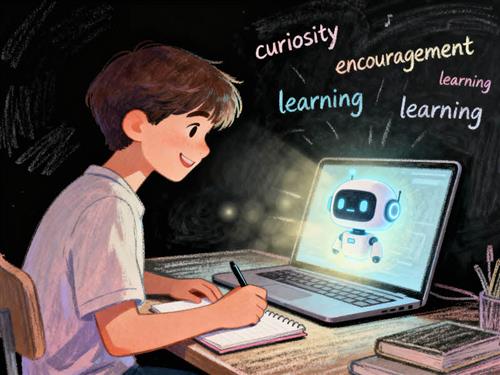
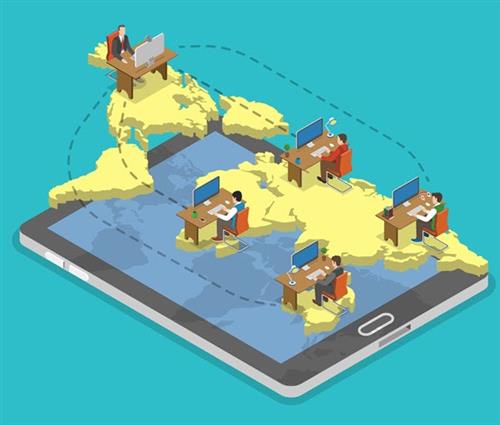
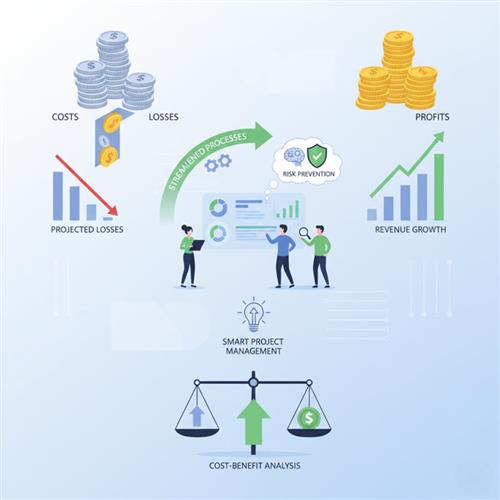
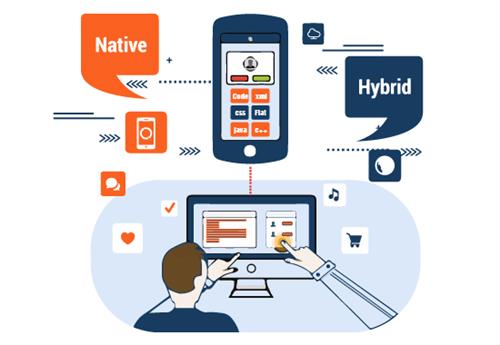

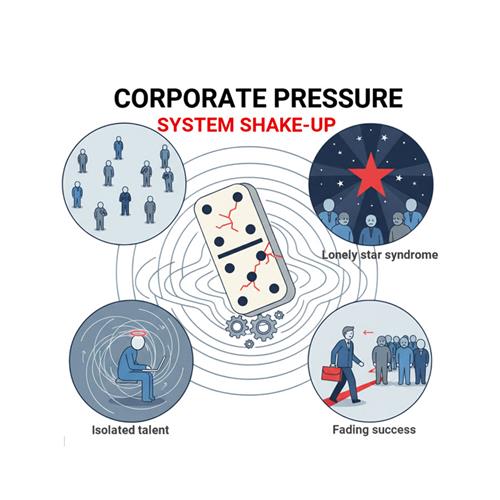

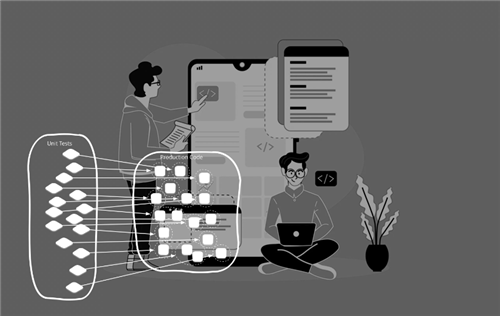
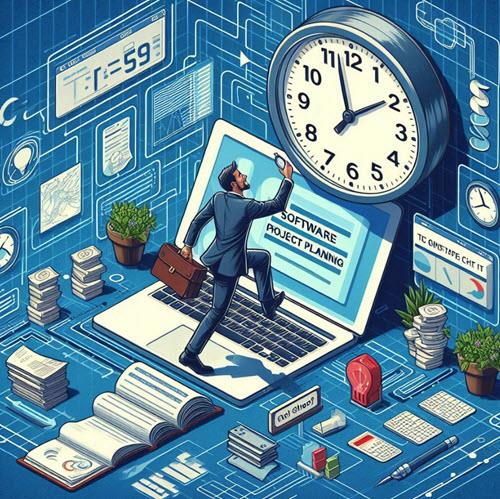
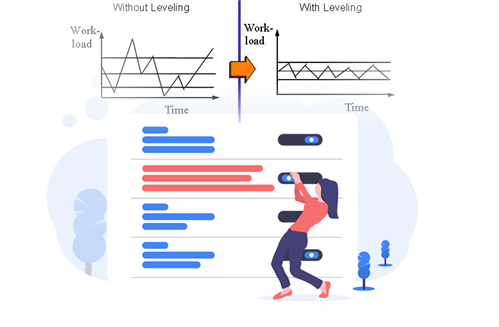
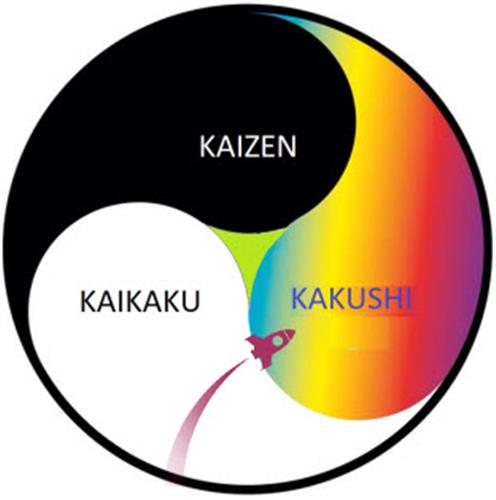


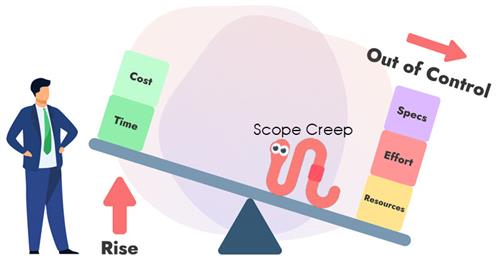

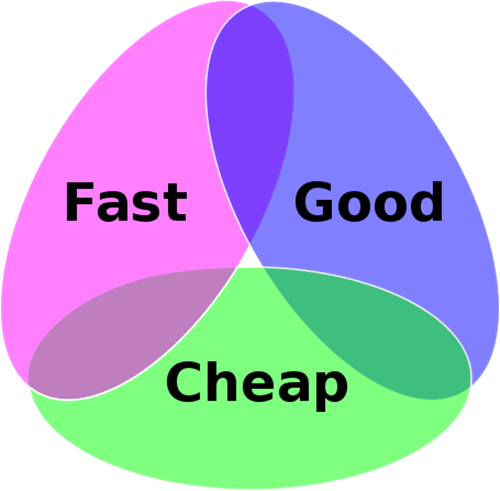


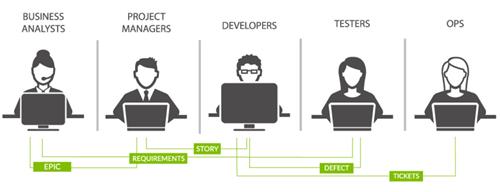









 Link copied!
Link copied!